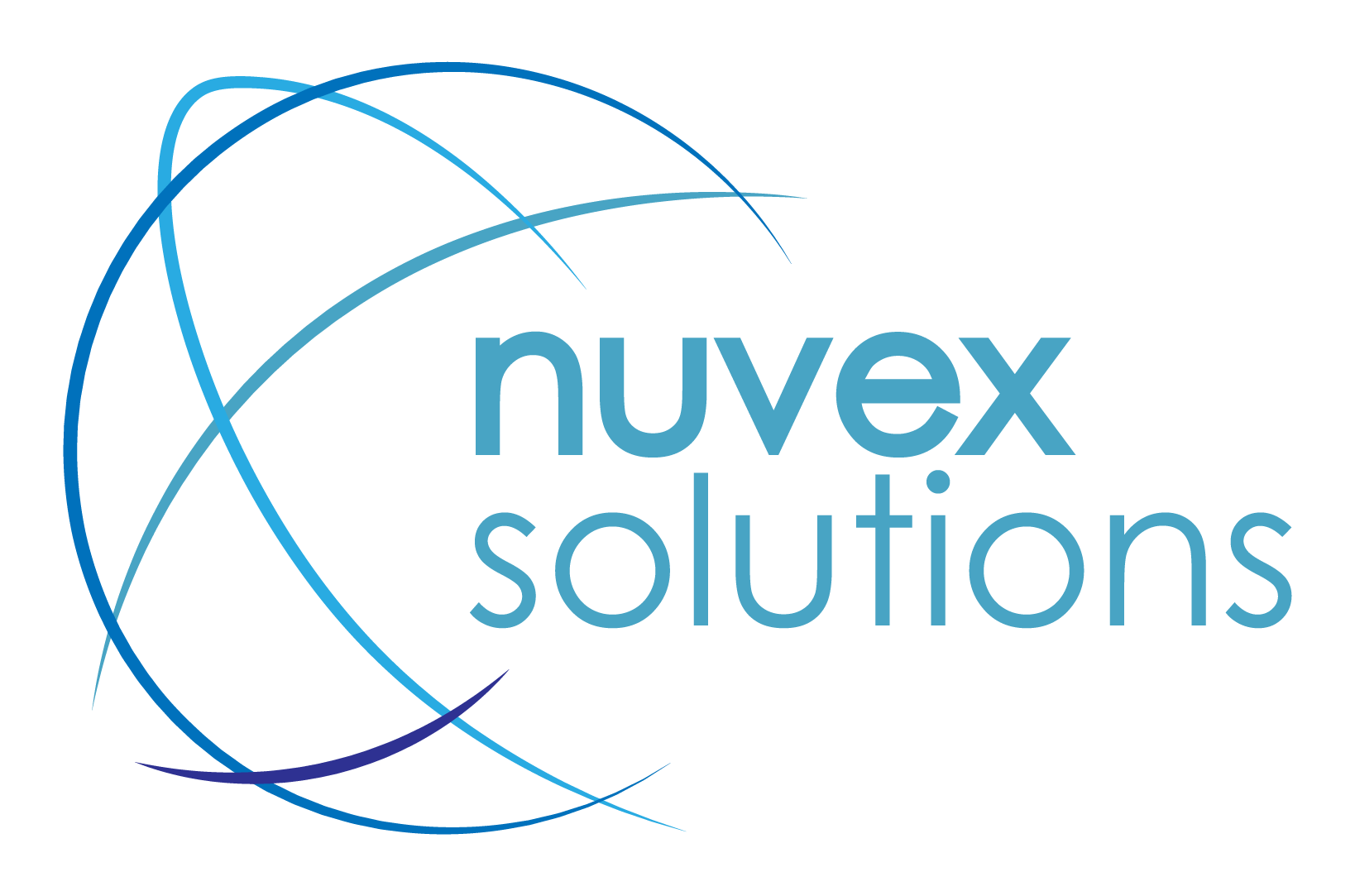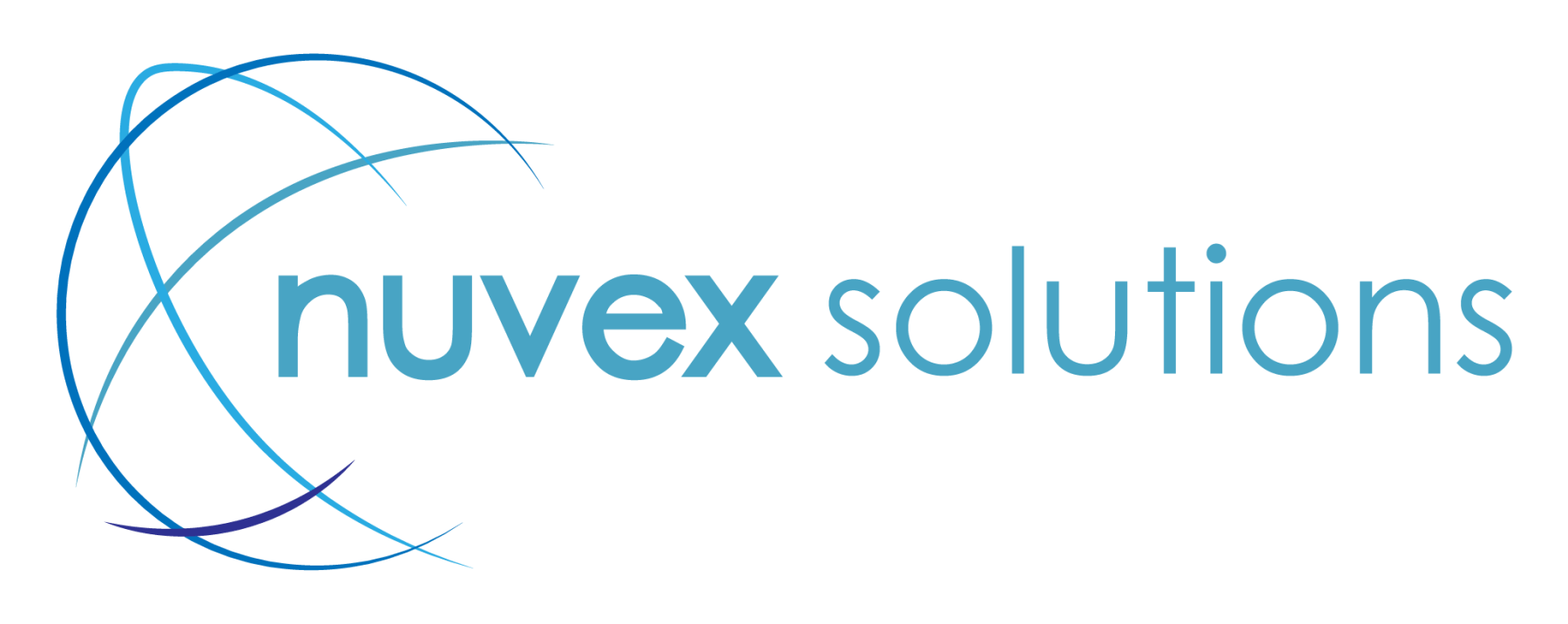Looking for more useful terms that will help make understanding IT easier? Nuvex Solutions is back again with 5 more IT terms that are broken down and easy to understand. Looking for the first part of our blog? Find it here!

IT Terms #1: Backup
When applied in IT terms, backup refers to the purpose of creating a copy of data, allowing it to be recovered in the event of the loss of the primary source. These data failures can be the result of hardware issues, such as data corruption or a malicious attack by malware. However, it can also be caused by human error, such as accidental deletion. Backing up data can be as simple as saving it onto an external hard drive or USB stick, or by using Cloud storage that allows you to remotely access your files as well. Learn more about Cloud storage and data backups here.
IT Terms #2: Case-Sensitive
Case-sensitive refers to when you are inputting information into a field. A case-sensitive restriction means that lowercase letters are not equivalent to the same letters in uppercase. For example, “Nuvex Solutions” would not be recognized as being the same word as “NUVEX SOLUTIONS” or “Nuvex solutions” because of the differences in casing.
IT Terms #3: Digitize
Digitization refers to the act of transferring files, images, information, and more from traditional print formats to digital files. Digitization can happen in the form of data entry, where the information from paper files or spreadsheets are retyped into word or spreadsheet processing programs. Artwork and images can also be digitized by scanning them or taking photographs with a digital camera.
IT Terms #4: Domain
A domain is the main part of an internet URL or address, such as nuvexsolutions.ca. The .ca, .com, .org portions are referred to as the top-level domain, while the actual name (ex: nuvexsolutions, aliexpress, amazon) is referred to as the second-level domain. Looking to set up your own domain and website? Nuvex Solutions can help!
IT Terms #5: Encryption
Encryption is the manipulation and scrambling of data to prevent accurate interpretation by those who should not have access to the file. In most cases, the people involved will have a code or decryption key that allows them to access it. This helps to protect the confidentiality of digital data stored on your computer systems or when transmitted through the internet.
IT Terms #6: Ethernet
Ethernet is a popular network technology that enables data to travel at a faster and more stable rate. It is commonly found in the form of an Ethernet cable. An Ethernet connection is also often referred to as a “direct connection” as usually the cable is connected directly to the modem or router.
While Wi-Fi can be prone to attacks, Ethernet connections have higher levels of security. With an Ethernet connection, you always have control over who is using the network. However, the major downside to Ethernet is that there are more physical limitations compared to Wi-Fi, sometimes making installation a tricky business. Unlike Wi-Fi, Ethernet connections can only connect to one particular computer, whereas Wi-Fi can accommodate several different users.
IT Terms #7: Firewall
A firewall is a network security program or device that monitors incoming and outgoing network traffic. It can permit or block data packets or access based on a set of security rules that are pre-established. Firewalls can help protect your network by filtering traffic and blocking outsiders from the private data on your computer.
While firewalls are effective at protecting your computer, sometimes its rules can be extremely strict. Many users may find that they are unable to access certain applications or websites due to their computer’s default firewall. In these cases, you can allow the application through the firewall instead of turning the firewall off entirely.
IT Terms #8: Icon
An icon is a small thumbnail representing a program, object, or function. Certain applications will have their own icons that identify them, such as Microsoft Word, Excel, and Powerpoint. However, some icons may be universal, such as folder icons. Other examples of types of icons include the Undo and Redo arrows or Save and Save As floppy disk icons.
IT Terms #9: IP Address
Short for “internet protocol address”, an IP address is a unique identifying number for every computer connected to the internet. For the most part, it allows information to be sent and received by the correct parties. IP addresses can also be used to track down a user’s physical location. It is typically made up of a series of numbers, for example 192.2.26.404
An IP address is usually assigned to your computer by your internet service provider (ex: Telus, Bell, Shaw etc.) and can be changed if requested. When your device connects to a different network, you are considered to be connected to a different IP address. This means that if your email detects a new location, they may require more authentication for security purposes.
IT Terms #10: Malware
Also sometimes known as viruses, malware are intrusive software programs that are designed to do damage to your computer systems. This can be in the form of infecting data, destroying files, stealing information, and more. Most individuals and businesses will use antivirus software to protect their computers. However, if you are not careful, malware can still infiltrate your computer even with antivirus programs installed.
These days, malware is often spread via scam emails, fake advertisements, and suspicious downloads. It can be difficult to figure out what is malware, but a general rule of thumb is to avoid offers that sound too good to be true and to carefully check an email for any spelling or grammatical errors. Learn more about how you can protect yourself from malware with Nuvex’s cybersecurity services.
IT Terms #11: Managed IT
Managed IT is a service that is often provided by IT companies like Nuvex and allows them to take a proactive approach to ensuring your IT footprint is healthy. In most cases, managed IT services means your network and data are monitored, updated, backed up, protected, and secured 24/7 for a specified period of time. On the other hand, hourly IT service is more reactive and an IT company is called in only after something breaks. A managed IT service contract is typically cheaper than hourly service and will protect your systems more carefully. Learn more about managed IT services and how Nuvex can help here.
IT Terms #12: Network Support
Network support is the creation and maintenance of network infrastructure. This can include keeping your organization’s computer network running and your devices healthy. It also ensures that your hardware, software, and personal devices are all compatible and working. When there’s a problem in your network, it can cause a myriad of issues that take a toll on your business’s productivity. That’s where network support services such as those offered by Nuvex can make things run more smoothly.
At Nuvex Solutions, our goal is to make IT more understandable and accessible to business owners like you. We know all the technical jargon can be intimidating, which is why we do our best to communicate in a way that everyone understands what we’re doing. Whether you know your way around computers or are still familiarizing yourself with all it has to offer, we’re here for you.
We take pride in taking the stress and anxiety out of IT support. We focus not just on quick response times, but also on the quality of our service. You deserve a reliable IT partner that actively helps and supports your business instead of just putting fires out as they come up (although we can do that too!). Send us a message today and let’s build a relationship!

